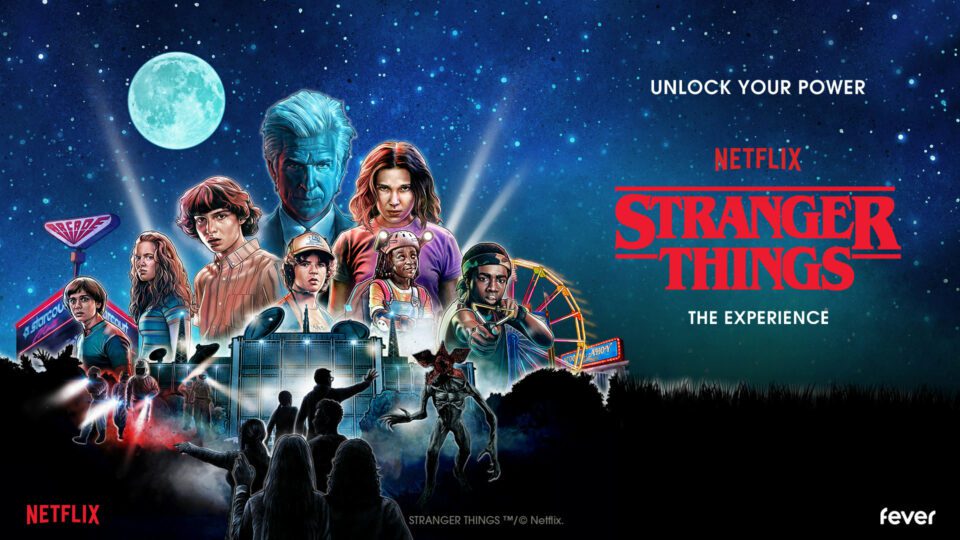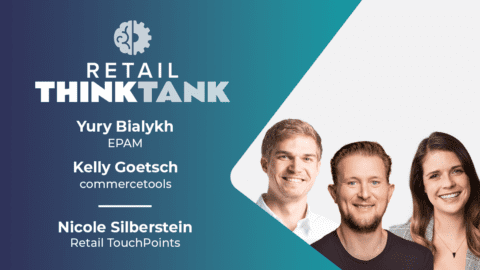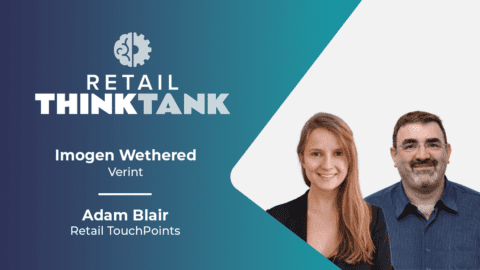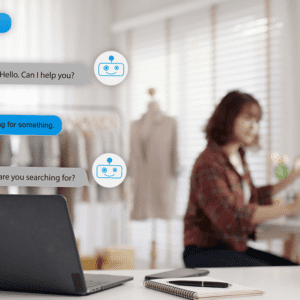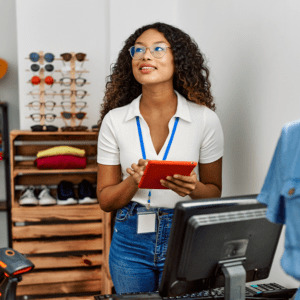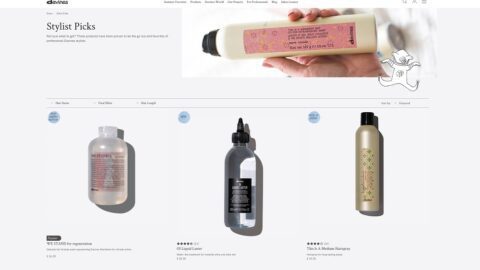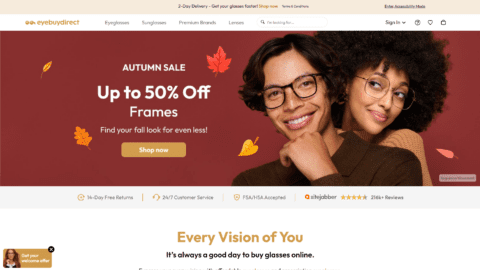Are “retailtainment” and “experiential retail” essentially different names for the same thing? Not really, although they do share a number of elements. Retailtainment concepts tend to downplay a key element of retail — actually selling products — and amplify a partnership or association with a well-known pop culture, hospitality or even food brand.
“Experiential retail,” in contrast, is typically used to describe how brands and retailers are using technology, visual storytelling and other methods to drive customer engagement and interaction with products. The design, merchandising and customer journey are all reimagined to encourage customers to touch, feel and even play with an item.
But these distinctions aren’t set in stone, and new activations and applications from media, hospitality and entertainment companies are creating something of a crossover effect. The bottom line is that with the right combination of a beloved piece of pop culture, smart design and operations, and buzz-building marketing, brands can create a multiplier effect that effectively combines retailtainment and experiential retail.
For example, CAMP is one of the latest retailers lauded for their focus on experiential strategy. The stores are designed from the ground up to inspire organic discovery and play through their merchandising, layouts and sensory moments. However, the retailer also has ventured into retailtainment with its partnership activations, including Disney’s Mickey & Friends and The PAW Patrol Experience. These activations focus primarily on the unique fandoms of these brands and go all-in on play and fun. If visitors want to buy something in the end, well, that’s just a perk.
Advertisement
For Melissa Gonzalez, Founder of The Lionesque Group and Partner at MG2, retailtainment is “the Willy Wonka-fication of the retail experience. It opens up the imagination, hits an emotional connection and entertains while educating,” she explained in an interview with Retail TouchPoints.
One strong retailtainment example Gonzalez shared was the Harry Potter store in New York City. Spanning three floors and more than 20,000 square feet, the flagship carries the chain’s largest collection of Harry Potter and Fantastic Beasts products. But the true magic is in how the store draws shoppers into the story, the history and the characters. Visitors can take photos in the Ministry of Magic phone box, head to the “Atrium of Awe” to see props comparable to those onscreen and even partake in a Butterbeer. The “entertainment” in “retailtainment” reaches new heights with the store’s virtual reality (VR) experiences, which shoppers can purchase tickets for in order to truly immerse themselves in the story.
“It’s becoming increasingly clear to me that, contrary to what we first assumed, customers aren’t looking for a digital detox when they visit the physical store,” said James Farnell, Partner and Retail Practice Leader at design firm Little. “In fact, many want to experience the world digitally in a physical and social environment, leading to new convergent concepts that aim to stimulate the senses. To combat our fear of digital migration (from physical store to online), we need to provide a more integrated, hybridized experience.”
In some examples of retailtainment, products play an incredibly minor or completely nonexistent role (though product sales can and do take place). Gonzalez pointed to the Trolls Experience as one that resonated with her. Positioned as an immersive activation in New York City, the ticketed experience featured dress-up and face painting, musical activities, dance parties and endless opportunities for kids to interact with the characters and each other.
“I took my daughter years ago and she had never watched the show nor did she know the characters,” Gonzalez explained. “But after experiencing ‘Poppy’s Birthday Party,’ we walked out with plates, forks, spoons, a dress and more from her ‘new favorite character.’ Trolls ended up being the theme of her next birthday party.”
Bringing Storytelling to the Next Level
As consumers have grown hungrier for entertainment and immersive experiences, media brands have doubled down on their activations and physical properties.
Netflix’s Stranger Things has taken cues from The Museum of Ice Cream, The Van Gogh Experience and similar ventures by launching its own branded “Experiences” in New York, San Francisco and London. Visitors can immerse themselves in the story by pretending they’re a part of a new Hawkins Lab study. Along the way, they interact with their favorite Stranger Things characters, incredible 80’s style sets, merchandise, food and drinks, photo ops, interactive performers and yes, even some merchandise.
Although Stranger Things: The Experience is running for a limited time, some activations show the possible staying power of an integrated retailtainment model. For example, Warner Bros. and Superfly X are capitalizing on the big Friends revival by bringing the FRIENDS Experience on the road. After a successful stint in New York City, the experience is heading to Denver, Nashville, Toronto, Washington, D.C., San Francisco and Phoenix.
In the New York City flagship, fans can travel through two floors of interactive vignettes that replicate the show’s set. Visitors can pose on the iconic orange couch, touch and feel props and costumes and even hang out in Monica and Rachel’s living room. They can then commemorate the experience by purchasing exclusive items from the FRIENDS Experience store, which includes products adorned with show tag lines, localized designs and inside jokes only show lovers will know.
What do these and similar experience teach retailers about retailtainment? That with these types of experiences, you should go all in.
“Always have a clear point of view and be authentic to the media you are emulating — from the outside in,” Gonzalez advised. This was something Gonzalez and her team spent a lot of time on in their partnership with Amazon Studios and Tool to reincarnate the 1950’s version of the Carnegie Deli in New York City to drive awareness for The Marvelous Mrs. Maisel Amazon Prime show. “Everything was vetted by the show director to ensure consistency and authenticity,” she said. “We also worked with the Carnegie Deli family because it was such a nostalgic staple in NYC that shut its doors, so if we were bringing it back, we knew we needed to honor it as consistently as possible. If we didn’t do that, we would be doing not only our client, but the customers waiting six hours on line to get in, an injustice to the experience they came to have.”
Creating Moments of ‘A-ha’ and Awe
Another way to bring a brand story to life is to look at the broader context of what a brand represents, and how consumers use that brand in their everyday lives. That is why more brands are popping up at music festivals like Coachella, Lollapalooza and Governor’s Ball, Gonzalez noted. These are “captive” audiences that are eager to discover and interact with brands as they’re enjoying the festival experience.
Hotels, restaurants and even museums also have become prime real estate for retailtainment, especially in the form of pop-ups and branded takeovers. “Look at the Dior Deck Pop-Up at Gurney’s Resorts, Gucci at Art Basel, or Chanel when they took over the Rockefeller Center skating rink,” Gonzalez said. “These are experiences that will fuel retail because of the a-ha moments and awe they create and deliver.”
Some shopping destinations, meanwhile, are bringing art and entertainment to their own real estate. For example, the Hong-Kong based K11 Mall blends Art Spaces with retail, “providing luxury playgrounds for retail shoppers in a nature-inspired environment,” Farnell shared in a recent article. “Their KLL Collection has matured over the past 10 years into a permanent collection of art, with over 50 pieces including works from international masters Damien Hirst, Olafur Eliasson, Teppei Kaneuji and Yinka Shonibare. It steps commercial retail well beyond consumption of commodities, seizing an opportunity to connect the community with culture and the arts.”
Even in the metaverse, brands like American Eagle are creating hotel-like spaces to immerse players in the lifestyle of the brand. The journey is all about fun and community interaction, not engaging with products. That means the core metrics for success are tied to customer engagement and dwell time.
Is retailtainment right for your business? Ultimately, it all comes down to your target markets and what you hope to achieve. However, the exciting opportunity for business leaders is that brick-and-mortar success is being measured and defined in completely new ways, which will create new opportunities to push creative limits and explore new partnerships.
“Leaning into experience per square foot is a driver for unlocking fandom and customer lifetime value,” Gonzalez said. “Seeing a physical location as a point of loyalty opens the possibilities for how we design and think about the customer experience. When you think of the store as a way to strengthen loyalty, leaning into retailtainment makes sense.”




